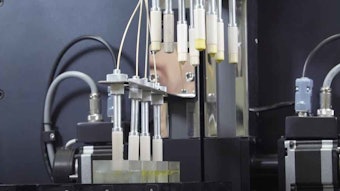I think everyone will agree that innovation is the key to growth in all business areas. We define innovation as the successful transformation of ideas into commercial products. This is in contrast to invention, which is the discovery of something new to the world. Traditionally, inventors were found in Research and Development (R&D) laboratories, where they worked on providing solutions to problems or developing ideas. These problems and ideas came from everywhere in the organization (marketing, R&D, sales, management) and sometimes from customers or outside consultants. Innovation involved the cooperation of all parts of the organization. Processes, like stage/gate, were implemented by many companies to make the innovation path more effi cient and rapid. The major innovators in the 1960s through the 1980s were the major research-oriented companies, such as International Business Machines (IBM), DuPont, and Bell Labs at American Telephone & Telegraph (AT&T). The mantra was “we can do it all.” We can generate ideas, invent, develop, produce, market, and distribute new products to meet all our needs.
But something has happened in the past 2 decades with this innovation model. It became more difficult to generate the new products required for growth. Competition for ideas and innovation became more intense. New ideas and research began to arrive from places that were not factors in earlier times. Venture capital became more available and small enterprises were funded to develop their ideas. The Bayh-Dole Act1 gave university researchers more incentive to look at the commercial opportunities for their research. Researchers were also changing employers or even considered developing ideas of their own. The idea of spending your career with one company was fading. Government support in the way of the Small Business Innovation Research (SBIR) program and other grants contributed to the dispersion of innovation. The information age was upon us and technical knowledge was being dispersed throughout the world, generating more competition for ideas. It became clear that companies, even the biggest of them, could not do it all and that good ideas and inventions were being generated outside the organization.
Looking outside the company is not a new concept. Many companies had idea scouts looking for new technology. “Licensing in” was a common route to getting technical and product help, particularly in the pharmaceutical industry. This concept gelled recently into a business model.










